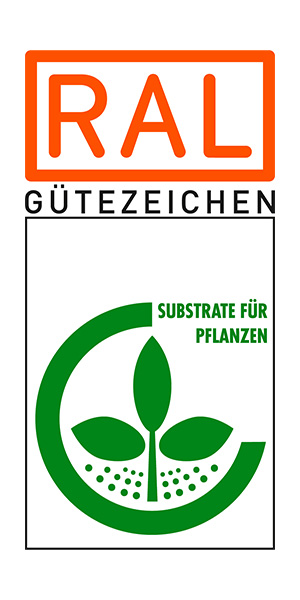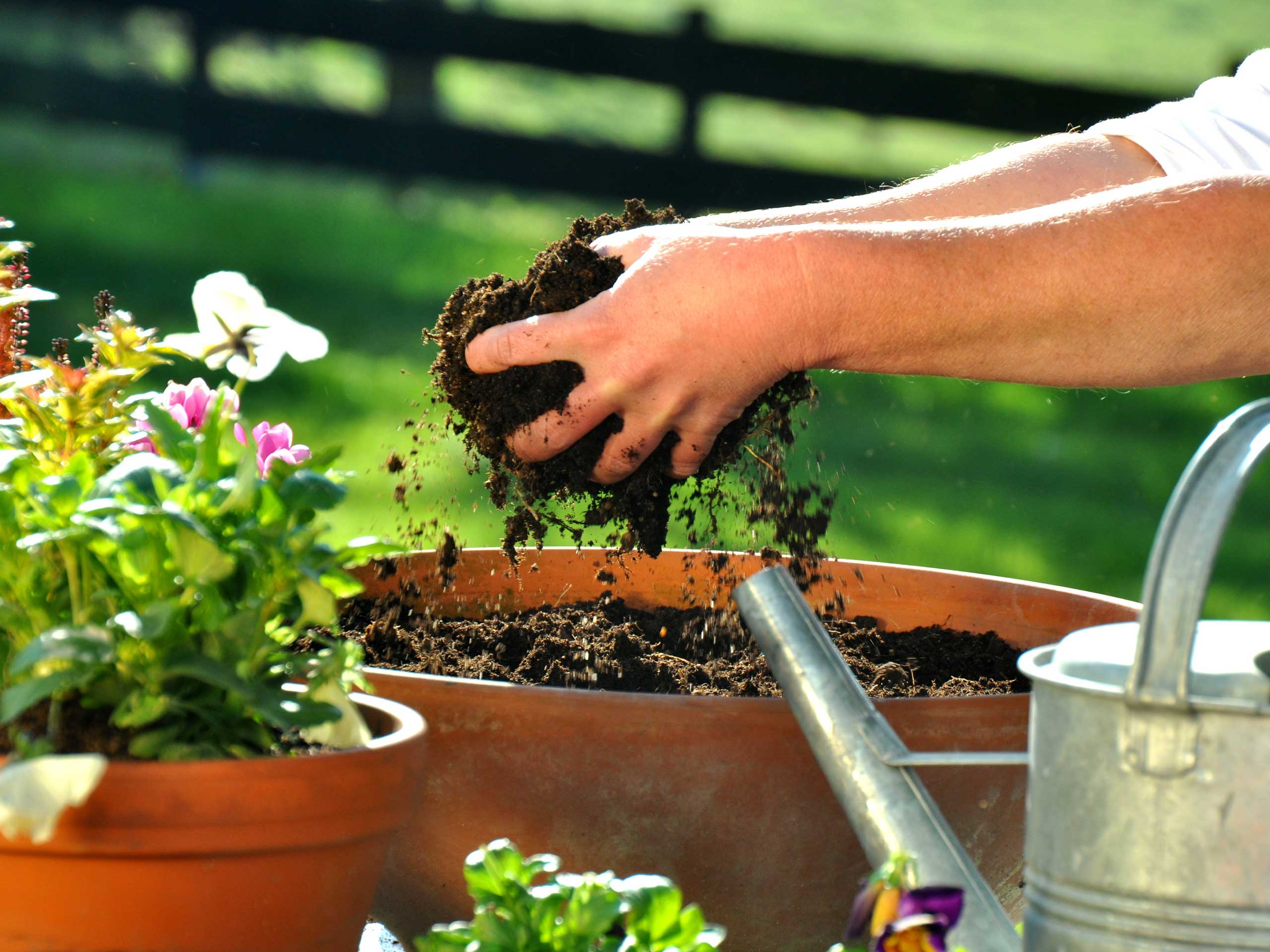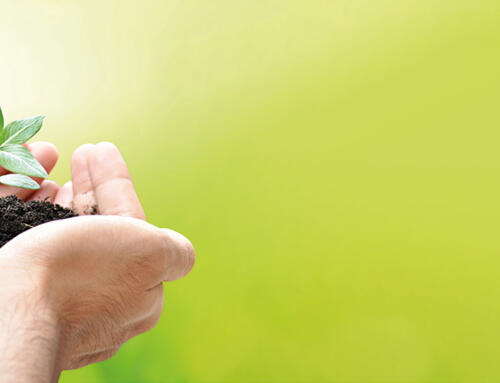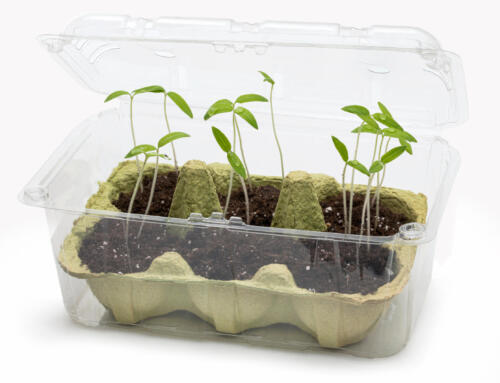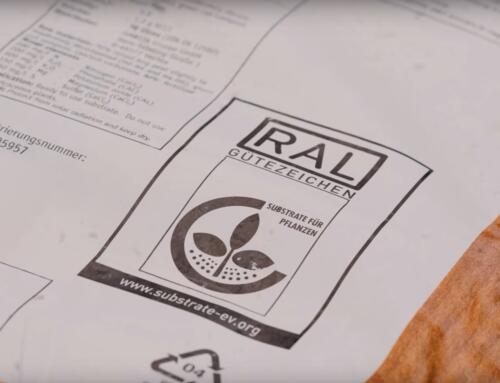Some just sow plants for the bees and butterflies, set up insect hotels, prefer old fruit and vegetable cultivars and look for tips to conserve water while making sure their plants get enough. To more and more people, gardening and the conservation of nature are inextricably linked. Sustainability is also a major concern in potting soils. Renewables such as wood fibre, bark humus, coir or compost have been used in potting soils in different proportions for many years now. However, one hundred per cent peat-free potting soils are still relatively unusual. Not surprising, really, when one considers the special challenge they pose to substrate manufacturers.
Peat – replacing an “irreplaceable” feedstock
Nutrient contents, water holding capacity, pH value – from a purely horticultural view, peat is the perfect constituent of potting soils. The reason is it can be customised to precisely meet the different requirements of a wide variety of plant species. Moreover, it has a stable structure even in the long term and provides reliable support to plant roots. A renewable feedstock that combines all these positive properties without making potting soil a luxury product doesn’t yet exist.
Peat-free potting soils – it’s the mix that makes them work
We do, however, have a lot of smart minds who for years have scrutinised a huge range of renewables and tested them in all kinds of mixes on a great deal of different plant species, until they finally came up with the successful combinations. Many of today’s peat-free mixes are on par with traditional potting soils in terms of their positive properties. Gütegemeinschaft Substrate für Pflanzen e.V. recommends that anyone wanting to be sure to buy a high-quality product should look for potting soils labelled with the RAL quality mark. It is also worth the effort to study the recommendations for fertilizer application and watering shown on the packaging. Especially when using peat-free or peat-reduced potting soils.
Tested quality
Quality-certified media must ensure optimum nutrient uptake and good water holding capacity. They must also be free of weed seeds and plant-damaging substances. Moreover, the regular inspections also ensure that product quality is consistent. For a long time, this aspect was an issue in peat-free soils. Consumers can play it safe by using peat-free soils that are RAL-certified.
Peat-free potting soils for any purpose
Initially, there were only very few potting soils consumers could choose between. The range of available products has however gradually grown. The properties of peat-free soils may differ widely. This is depending on the composition of the substrate mixes, e.g. as regards nutrient contents, pH value or their capacity to hold water. This makes it all the more worth the effort to carefully choose products that have been specifically designed for the needs of the plant species in question.
Download PDF
